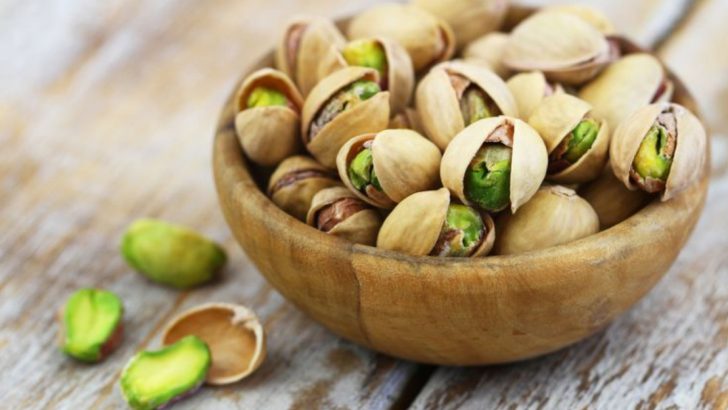Some snacks do more than curb your hunger—they fuel your body with lasting energy and essential nutrients. Nuts are a prime example: small, satisfying, and packed with health-boosting benefits.
This guide highlights 8 tried-and-true favorites you’ll find in nearly every pantry, plus 8 surprising picks that quietly outperform them in various ways. If you’re looking to upgrade your snack game, these power-packed options deliver more than just crunch.
1. Almonds
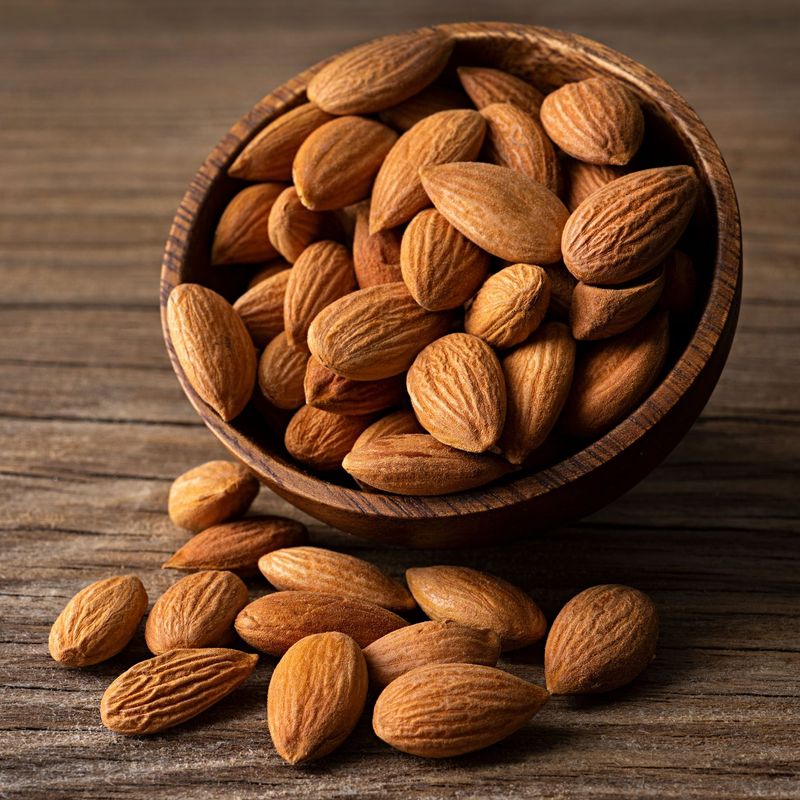
Crunch your way to better bone health! Almonds reign supreme as the highest calcium-containing nut in the entire food kingdom. Just a handful delivers more protein than an egg, making these oval-shaped wonders a muscle-building machine.
Ancient Romans showered newlyweds with almonds as fertility charms – today we know they’re packed with magnesium, vitamin E, and fiber instead. Their subtle, buttery flavor transforms everything from morning oatmeal to evening salads.
2. Walnuts
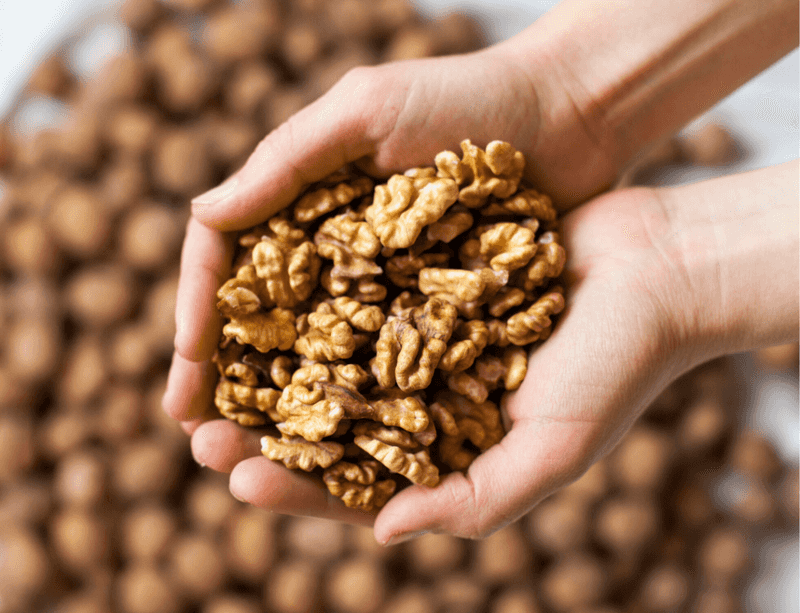
Shaped eerily like mini-brains, walnuts aren’t just playing dress-up – they actually boost cognitive function! These wrinkly wonders contain more antioxidants than any other common nut, fighting inflammation throughout your body with every bite.
Dating back 7,000 years, walnuts were once reserved for royalty in ancient Persia. Their omega-3 fatty acids (rare in plant foods) support heart health while regulating sleep through natural melatonin production.
3. Pistachios
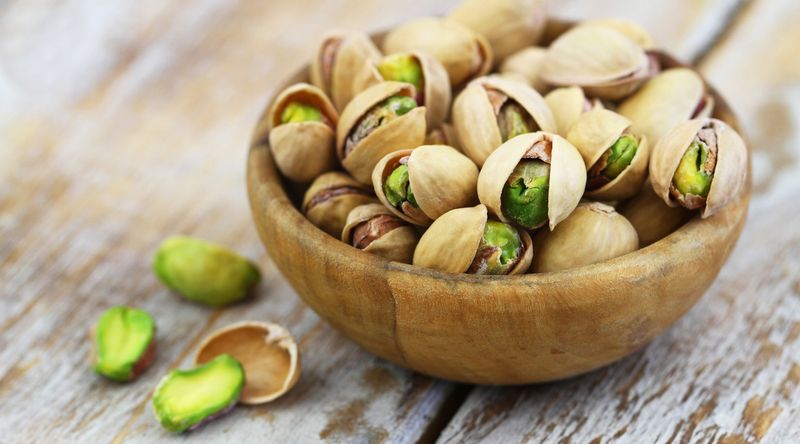
Green gems hiding in dusty-rose shells! Pistachios rank as the lowest-calorie nut on the planet, making them weight-loss warriors for snack lovers. The shell-cracking ritual naturally slows your eating pace, preventing mindless munching madness.
Feeling hangry between meals? The protein-fiber combo in pistachios stabilizes blood sugar better than processed snacks. Their distinct green hue comes from chlorophyll, the same compound that makes plants nutritional powerhouses.
4. Brazil Nuts

Holy selenium bombs! Just ONE Brazil nut contains your entire daily requirement of this cancer-fighting mineral. These Amazonian giants grow wild on ancient trees that can live for 500+ years, producing nutrient-dense seeds that boost thyroid function and immune response.
Unlike commercially farmed nuts, Brazil nuts can’t be cultivated – they’re wild-harvested exclusively from pristine rainforests. Their rich, creamy flavor resembles coconut with buttery undertones. Careful though – selenium overdose is real!
5. Cashews
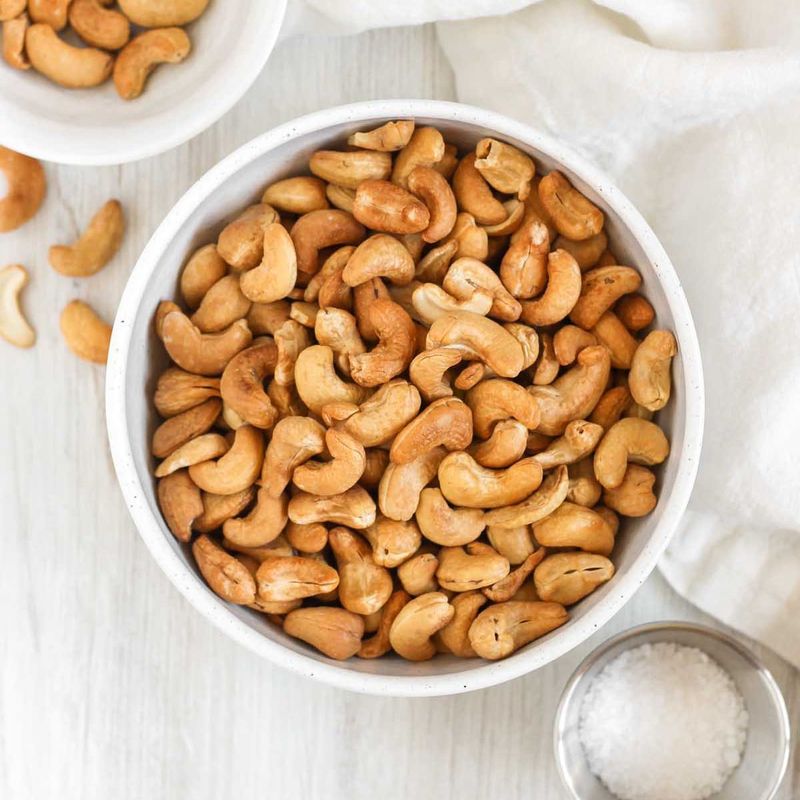
Feeling blue? Cashews might be your natural Prozac! These creamy crescents contain tryptophan, which transforms into serotonin in your brain – the same happy chemical targeted by antidepressants. Their buttery texture makes them the perfect dairy substitute for plant-based eaters.
Surprise fact: cashews aren’t technically nuts but seeds that dangle outside a fruit called the cashew apple! Native to Brazil, they require intense processing to remove their caustic outer shell.
6. Macadamias
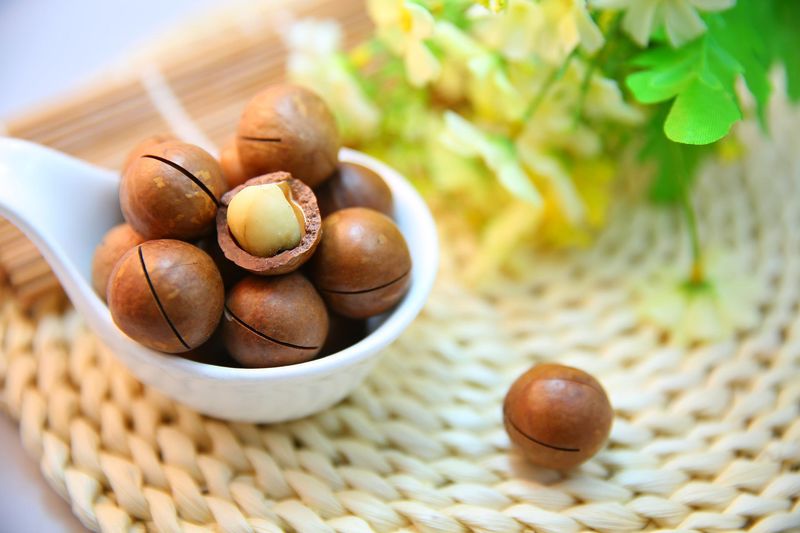
Butter in nut form! Macadamias boast the highest fat content of any nut – but don’t panic, it’s the good kind your brain craves. These Australian natives require specialized hydraulic crackers to break their stubborn shells, which explains their premium price tag.
Indigenous Australians revered macadamias for thousands of years before commercial cultivation began. Their rare palmitoleic acid content moisturizes skin from the inside out, while their low carb count makes them keto dieters’ best friends.
7. Pecans

Y’all need more pecans! These Southern belles pack more antioxidants than any other nut, neutralizing the free radicals that damage your cells. Their buttery richness comes from oleic acid – the same heart-healthy fat found in olive oil.
Beyond pie filling, pecans shine as protein-rich salad toppers or savory spice rubs. Their natural sweetness intensifies when toasted, releasing aromatic compounds that can transform ordinary dishes into gourmet experiences. Try them candied with cayenne for an addictive sweet-heat combo!
8. Hazelnuts
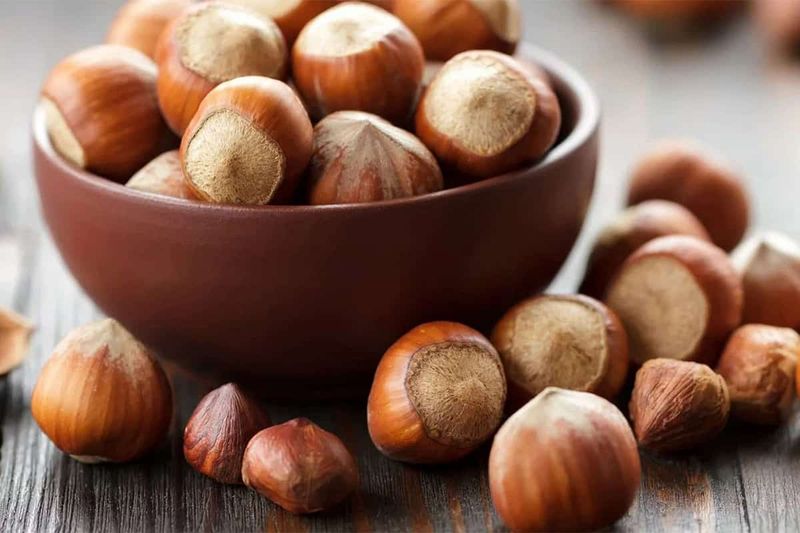
Chocolate’s perfect partner packs a serious vitamin E punch! Hazelnuts contain more of this skin-saving antioxidant than any other nut, protecting your cells from oxidative damage. Their distinctive flavor – somewhere between earthy and sweet – explains why they’ve been paired with chocolate since Napoleon’s time.
Fun fact: hazelnut trees communicate through underground fungal networks, sharing nutrients with struggling neighbors. Similarly, the manganese in hazelnuts supports your body’s internal communication systems, boosting brain function and nerve transmission.
9. Pine Nuts
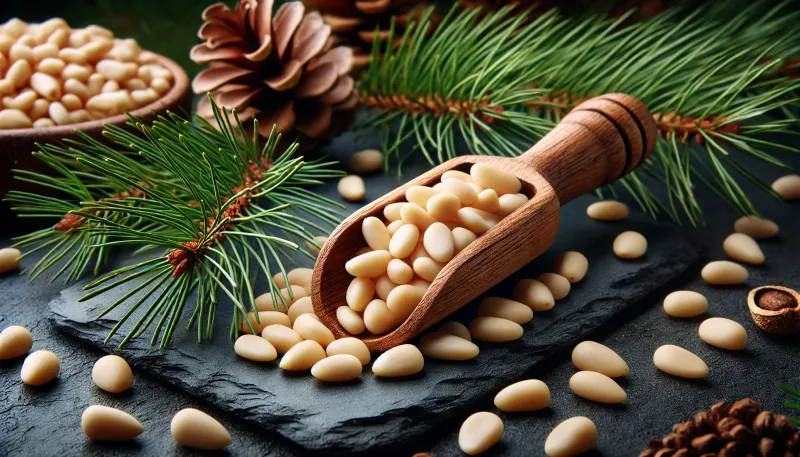
Hunger-fighting dynamos hidden in pinecones! Pine nuts contain pinolenic acid, a rare fatty acid that triggers hormones telling your brain “I’m full!” These tiny treasures take up to 18 months to mature inside pinecones, explaining their eye-watering price tag.
Beware the bizarre “pine mouth syndrome” – some people experience a metallic taste lasting days after eating them! Despite this rare reaction, pine nuts remain culinary gold, bringing buttery richness to pestos and salads while delivering sustained energy without blood sugar crashes.
10. Peanuts
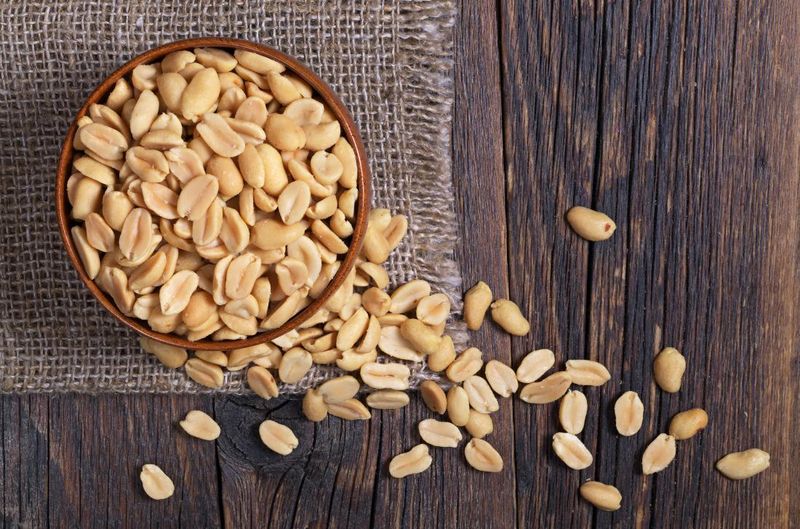
Plot twist – they’re not actually nuts! These underground-growing legumes deliver more protein than any true nut, making them athletes’ secret weapon. George Washington Carver developed over 300 peanut products, revolutionizing Southern agriculture after cotton depleted the soil.
Resveratrol, the same compound that makes red wine heart-healthy, exists in peanut skins – so choose the Spanish variety with skins intact. Their combination of protein, fiber, and healthy fats keeps blood sugar steady for hours.
11. Chestnuts
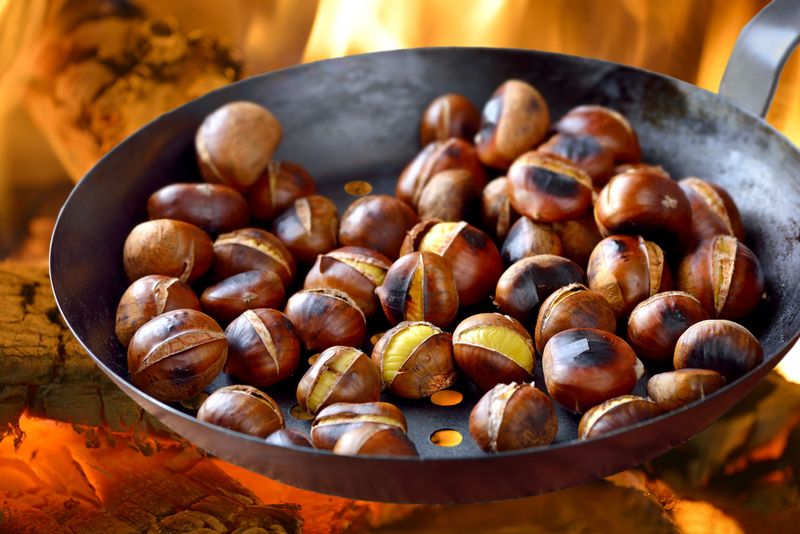
The rebel of the nut world! Unlike their fatty cousins, chestnuts are primarily carbohydrates, containing just 2% fat compared to almonds’ 50%. These starchy treats roasted on open fires aren’t just holiday nostalgia – they’re loaded with vitamin C, rare for nuts.
Struggling with digestion? Chestnuts’ impressive fiber content feeds beneficial gut bacteria while their resistance starch acts as a prebiotic. Score chestnuts fresh in fall, storing them in the refrigerator to preserve their delicate flavor and prevent mold growth.
12. Pumpkin Seeds
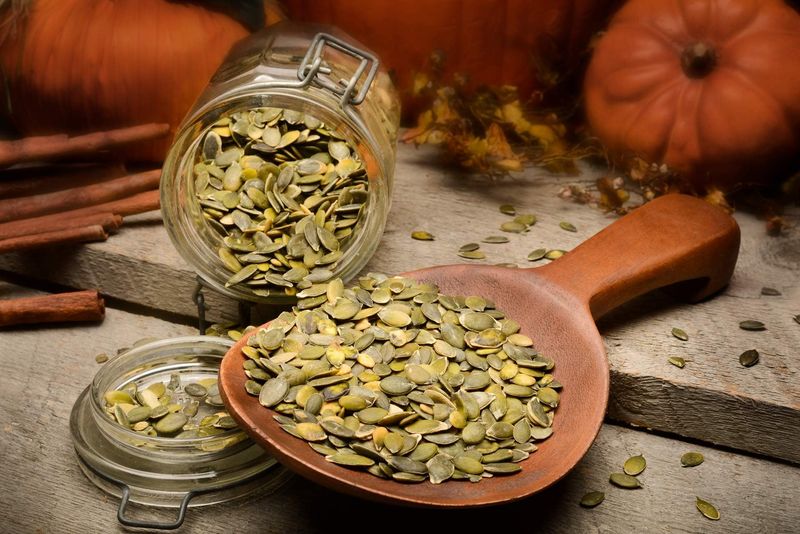
Green powerhouses that prehistoric humans treasured! Pumpkin seeds pack more zinc per serving than any other food, boosting immune function and supporting male reproductive health. Their magnesium content acts as nature’s chill pill, calming anxiety and improving sleep quality.
Craving something crunchy? Unlike most snack foods, pumpkin seeds actually lower inflammation rather than causing it. Their perfect balance of protein, fat, and fiber stabilizes blood sugar while their earthy flavor satisfies savory cravings. Roast them with tamari for an addictive umami bomb!
13. Sunflower Seeds
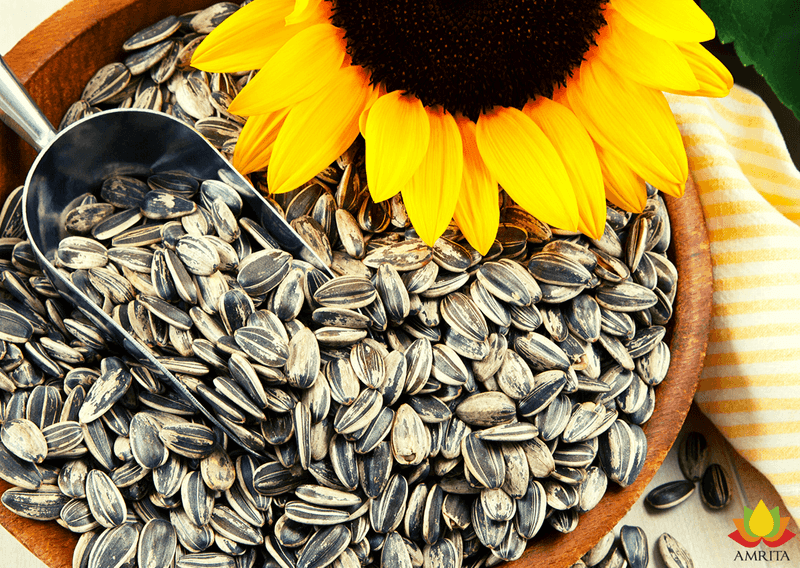
Tiny striped packages of sunshine! Sunflower seeds deliver more vitamin E than almost any other food, protecting your cells from oxidative damage. Their complete vitamin B complex profile supports energy production at the cellular level, fighting fatigue naturally.
Athletes swear by sunflower seeds for magnesium – the miracle mineral that prevents muscle cramps and supports recovery. Their satisfying crunch and subtle nutty flavor make them perfect for everything from salad toppings to homemade energy bars.
14. Flaxseeds
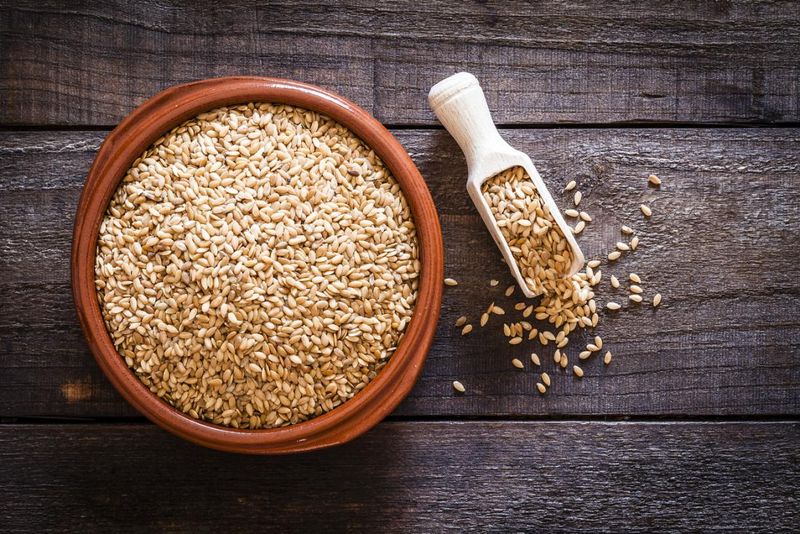
Ancient superfood rediscovered! Flaxseeds contain more omega-3 fatty acids than any other plant food, making them brain-building champions. Their lignans – powerful plant compounds – have been shown to reduce cancer risk and balance hormones naturally.
Got digestive issues? Flaxseeds’ mucilage content forms a soothing gel in your digestive tract, easing inflammation and supporting regular elimination. Their nutty flavor enhances smoothies, yogurt, and baked goods while their egg-replacing properties make them vegan baking stars.
15. Chia Seeds
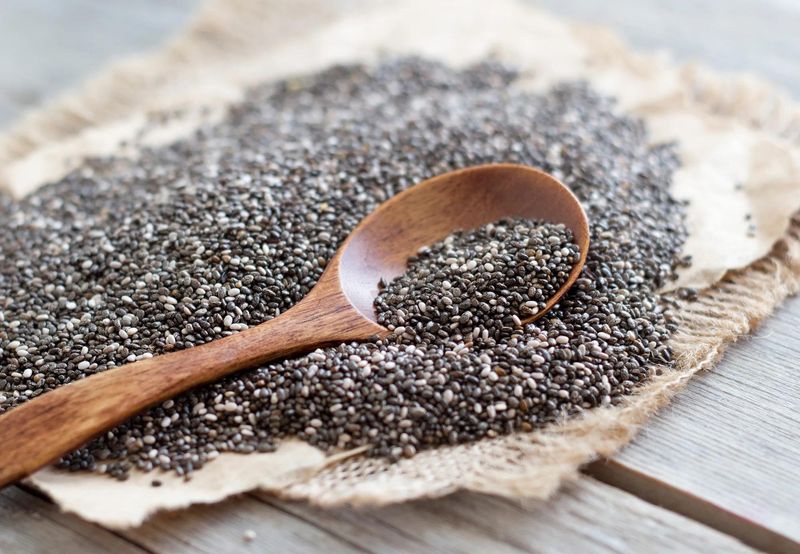
Aztec warriors ran hundreds of miles fueled by these tiny black seeds! Chia absorbs up to 12 times its weight in water, creating a gel that prolongs hydration and stabilizes blood sugar. Despite their minuscule size, they pack more calcium than milk and more omega-3s than salmon.
Marathon runners take note: chia’s unique carbohydrate structure releases energy slowly, preventing the dreaded performance crash. Their neutral taste adapts to any flavor profile, while their gel-forming ability creates puddings, thickens smoothies, and replaces eggs in vegan baking.
16. Tiger Nuts
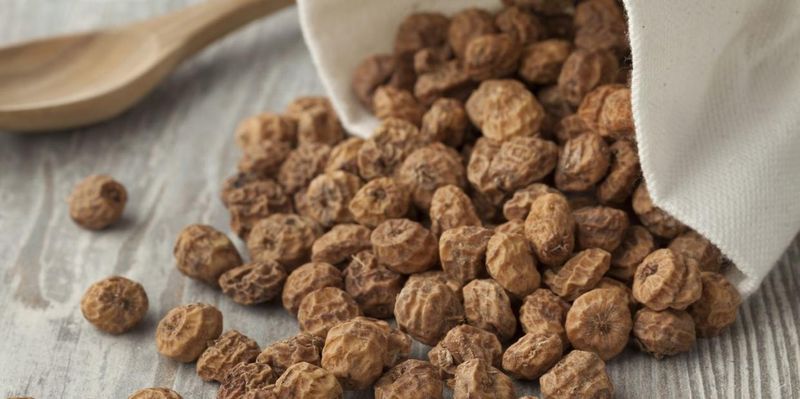
Don’t be fooled – these wrinkly little tubers aren’t nuts at all! Tiger nuts were the primary food source for our Paleolithic ancestors, providing resistant starch that feeds beneficial gut bacteria. Their sweet, coconut-like flavor earned them the nickname “earth almonds” in ancient Egypt.
Rediscovered by the health food industry, tiger nuts contain more iron than red meat and more potassium than coconut water. Their unique fiber profile acts as a prebiotic, nourishing your microbiome while their natural enzymes aid digestion.

